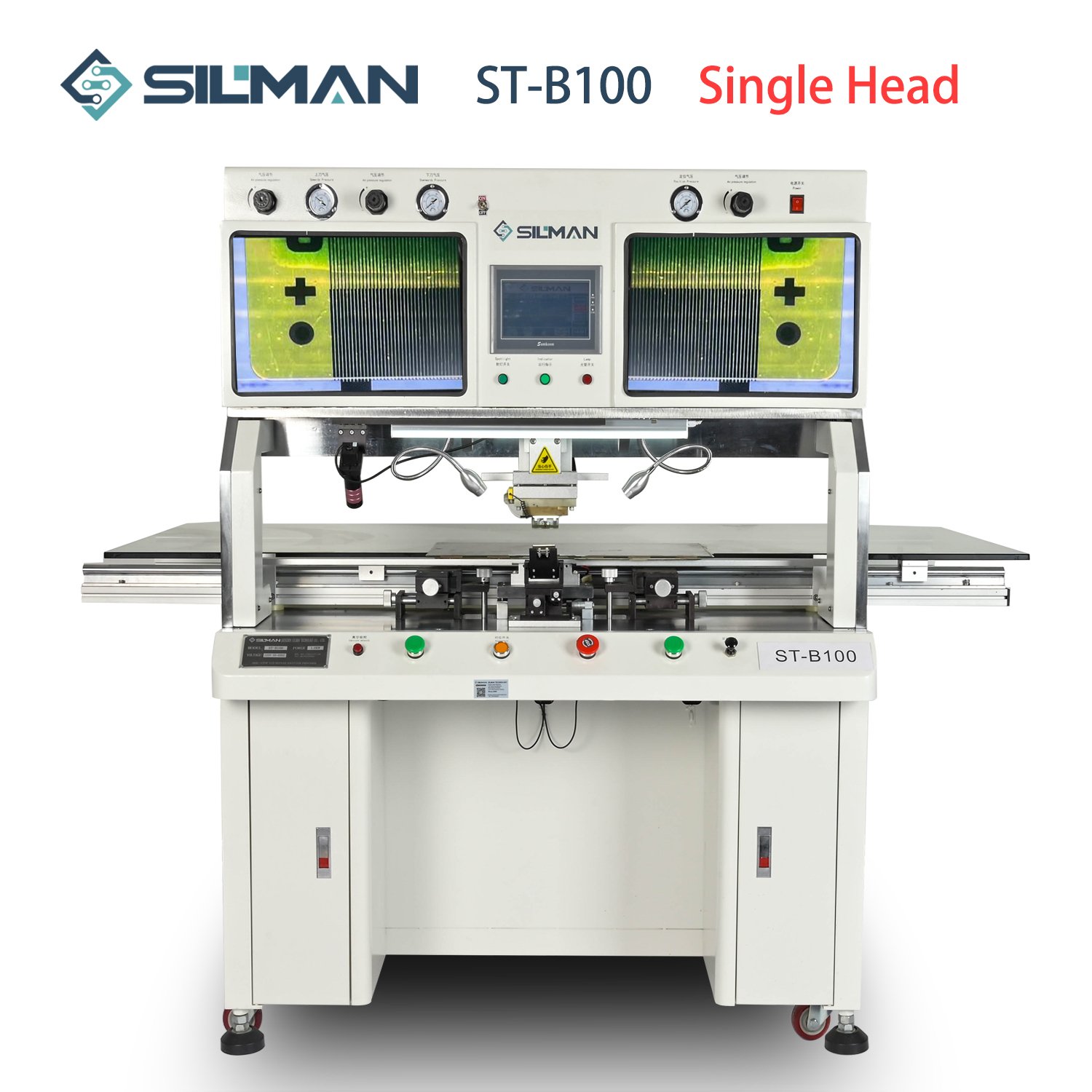BGA, oder Ball Grid Array, ist eine Art von Chip, der auf eine Leiterplatte gelötet wird und eine moderne Verpackungsmethode darstellt. Es gibt im Wesentlichen zwei Methoden zum Löten von BGA-Chips: Bei der einen wird eine automatische BGA-Rework-Station verwendet, bei der anderen werden BGA-Chips manuell gelötet. Wir wollen beide Methoden kurz vorstellen. (1) Vorbereiten...
- Soldering Using an Automatic BGA Rework Station:
(1) Prepare the automatic BGA-Rework-Station and fix the BGA-Chip onto the PCB board holder. Then, set the rework temperature curve. For lead-containing solder, the melting point is 183°C, and for lead-free solder, it is 217°C. Currently, the widely used lead-free chip preheating zone temperature rise rate is generally controlled between 1.2 to 5°C/s, with a holding zone temperature maintained at 160-190°C, and the peak temperature of the reflow zone set between 235-245°C.
(2) Utilize the image alignment system to locate the specific position of the BGA chip to be removed and soldered. This process requires a high-definition image system. The Silman Tech automatic BGA rework station uses a point-to-point alignment method, where the CCD system automatically captures images of the pads and BGA solder balls. The camera automatically focuses the image for maximum clarity. It can also use different colors for different PCBs to achieve precise alignment.
(3) BGA removal and soldering: The automatic BGA rework station, such as the DEZ-R880A, can automatically identify different processes for removal and installation. After the heating process, the equipment can automatically lift the component from the PCB once heating is completed, thus avoiding damage caused by improper manual handling. The machine can also automatically align and solder, achieving a rework success rate of 100%.
The advantages of using an automatic BGA rework station for soldering BGA include high automation, preventing solder pad detachment due to inadequate temperature or improper force during manual soldering. It also offers automatic alignment and heating, preventing manual placement errors. This method is generally suitable for medium to large enterprises, reducing the occurrence of defective products and significantly saving labor costs.
- Manual Soldering of BGA Chips:
(1) Heat the hot air gun to 150-200°C, and after 1 minute of heating, the adhesive around the BGA will become melted and brittle. Use a sharp blade or tweezers to gently remove the adhesive around the BGA. Once the adhesive is removed, fix the PCB in place and begin heating the BGA with the hot air gun set to 280-300°C for about 15-30 seconds. Use tweezers or a small knife to gently lift the BGA’s corner until it can be removed.
(2) Use tweezers to lift the BGA gently, taking care not to touch adjacent BGAs to avoid damage. This situation often occurs during manual BGA soldering. For higher precision requirements, it is recommended to use an automatic BGA rework station for soldering. Then, adjust the hot air gun temperature to 150-200°C to thoroughly remove the adhesive. Next, evenly apply solder paste (0.1mm thickness) to the BGA solder pads and place the BGA over them. Use the hot air gun to evenly heat and solder the BGA. After observing the BGA’s automatic calibration process, continue heating for about 5 seconds, with a temperature of 280-300°C, depending on the BGA size. For a 10*10mm BGA, 20-30 seconds of heating is suitable.
These are the methods for soldering BGA chips, each offering its own advantages and suitability for different scenarios.
